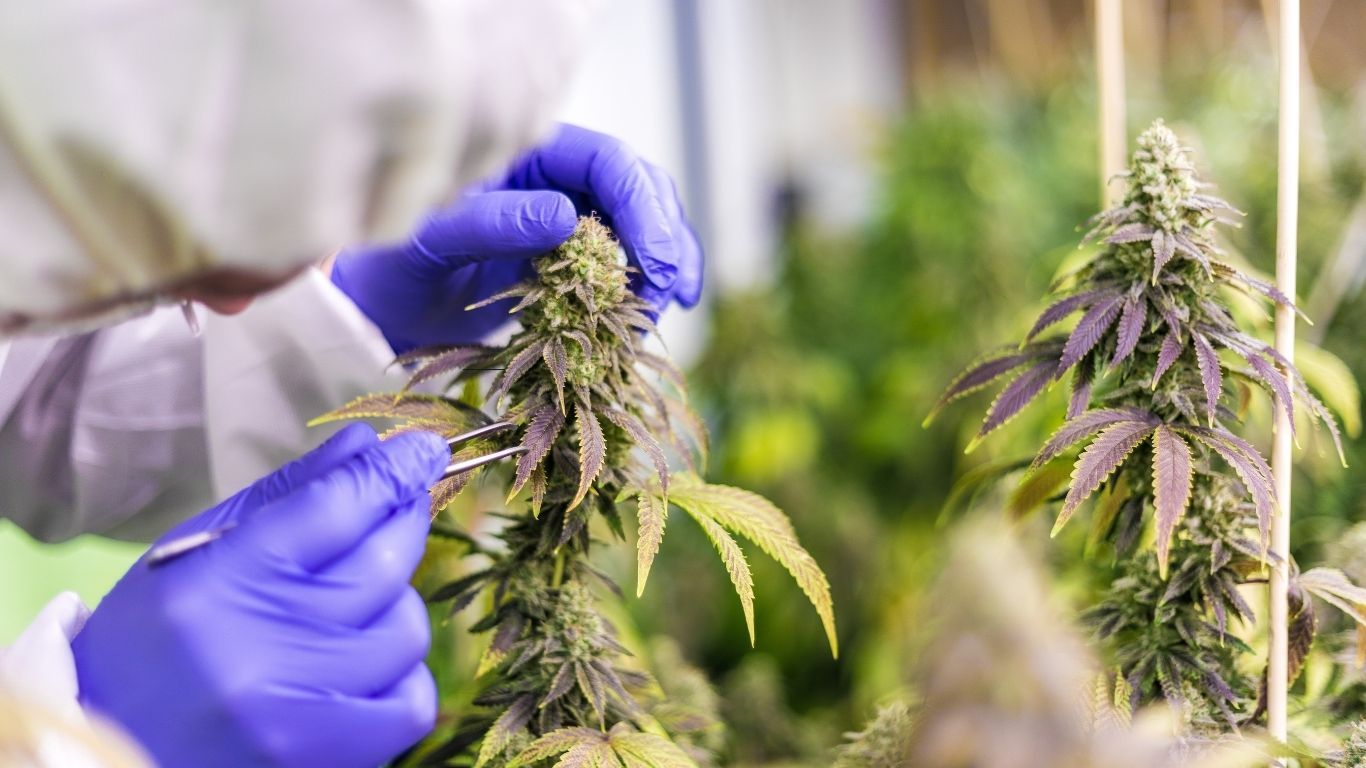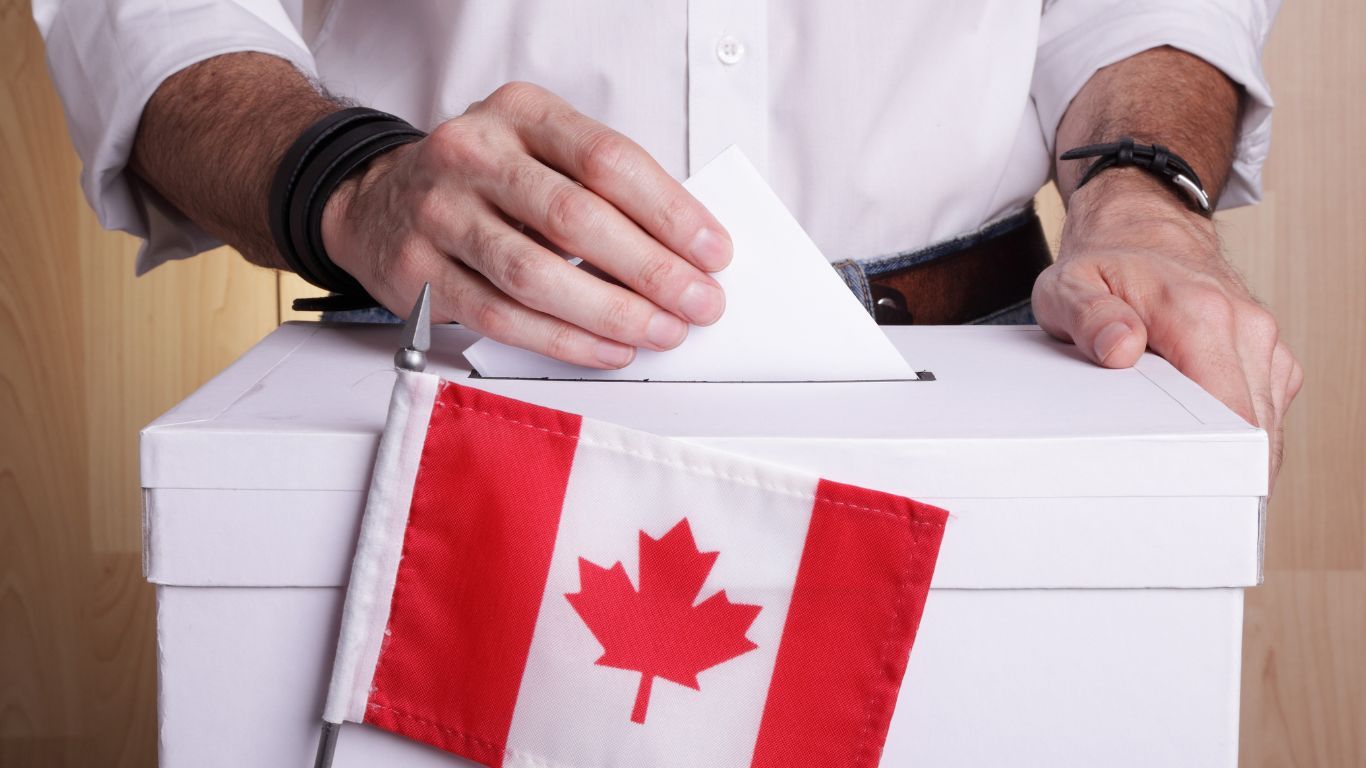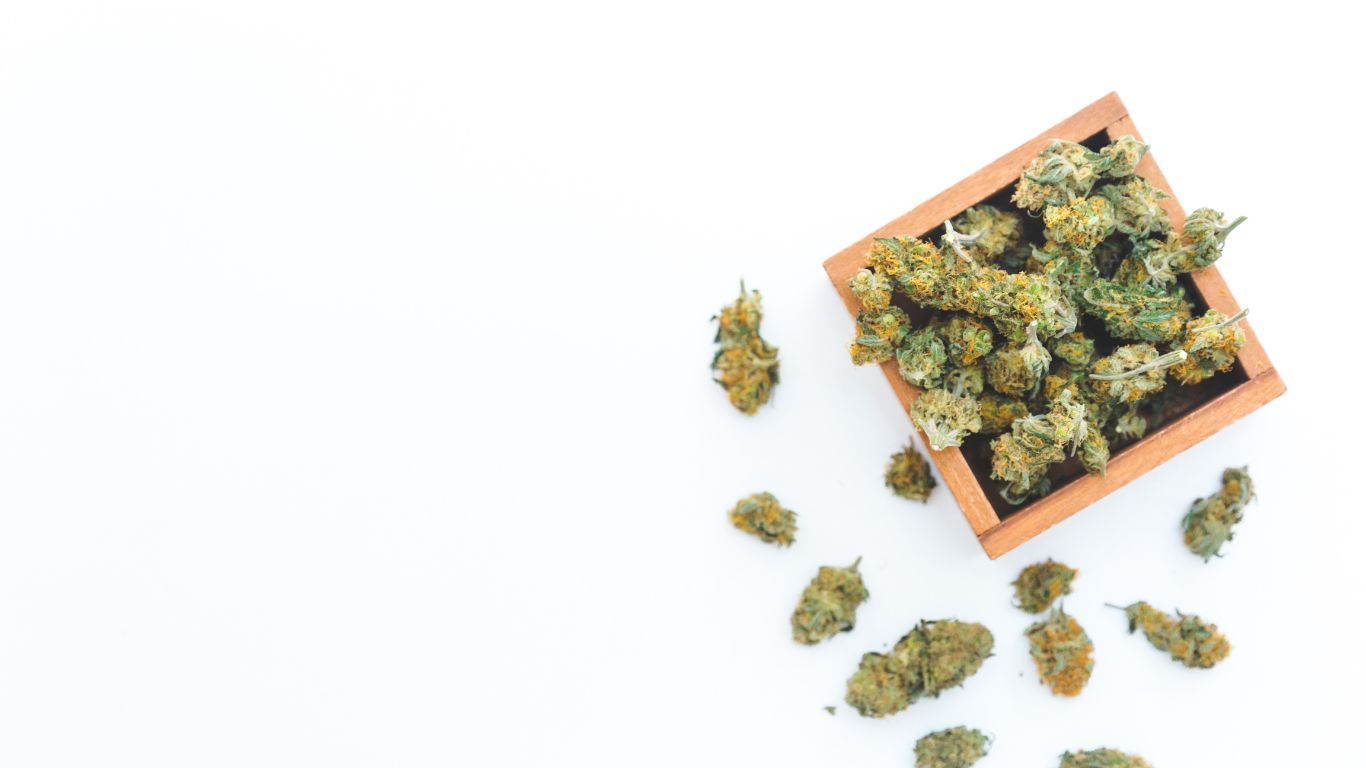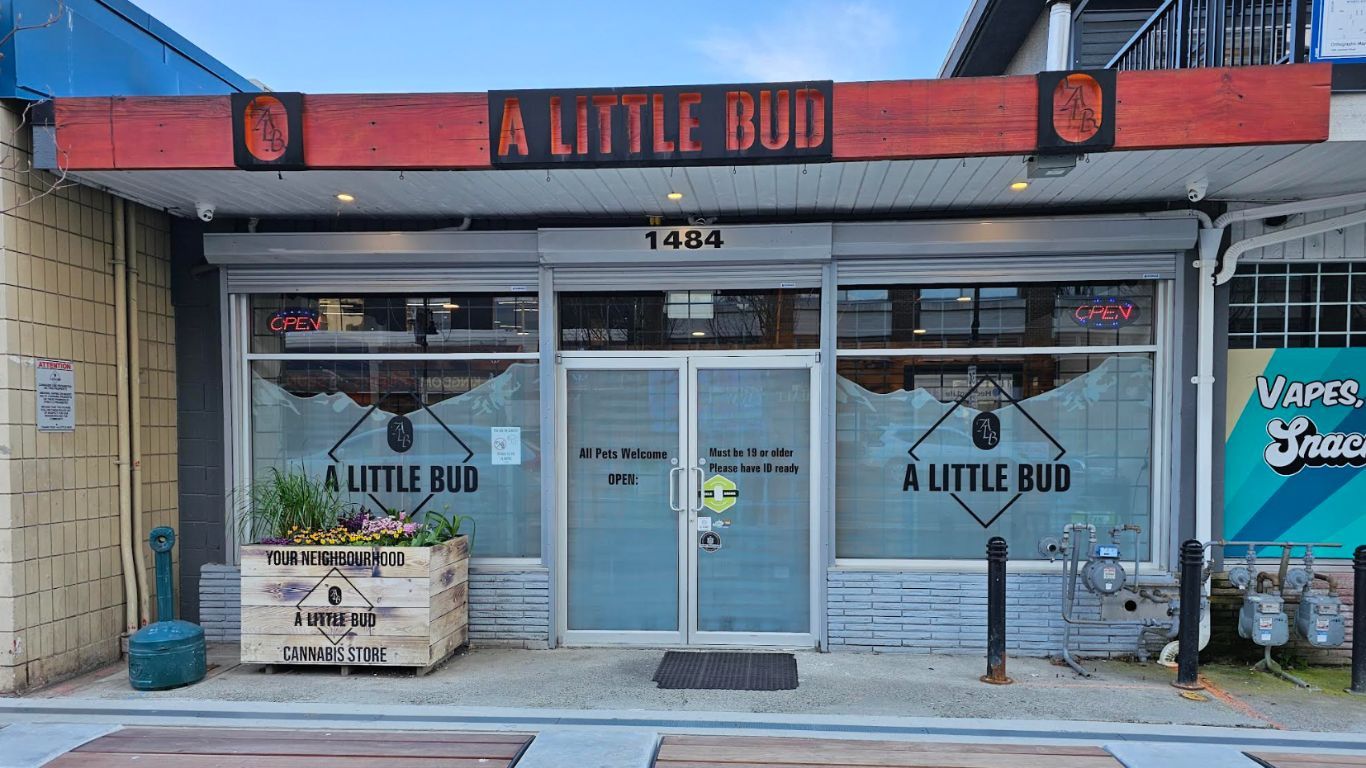
THC content has been the talk of stoners since the molecule’s discovery. We’ve spent decades trying to maximize it—we figured out that stressing out unpollinated female flowers gives us the best buzz and, presumably, the most THC content.
Regardless of your opinion on how much—or even if—THC content affects overall quality, the percentage on the bag is often a large factor in consumers’ purchasing choices.
In the nineties, tokers were looking for legendary Cali bud that supposedly hit the elusive 20% mark. In the short time since, plant morphology has not changed all that much, but the internet has led to growers sharing the secrets they use to maximize trichome coverage.
On a recent product call, the Ontario Cannabis Store is said to have requested more strains that tested above 30% THC. Suddenly, almost every new product in Ontario was hitting marks of 31%, 32%, even a couple 34% batches! Even old SKUs that had never sniffed 26% before were suddenly 30.5%.
Such a steep jump in such a short amount of time, and seemingly relegated to Canada and California labs: Australian labs don’t seem to agree with our numbers up here—a batch of Orange Crescendo sent to Aussie medical outlet Alfie was purported to be 28%, but once tested down under, the new label for the batch was 22%. How did we get here?
In the Canadian legal market, online wholesalers, retailers, and most retail stores are set up in a way that makes THC and price the only things you can judge before the product is in your hands. This blind buying is causing more consumers to ask for the bud with the highest THC, and LP’s are incentivized to make sure they can always be on the top of that list.
The Cannabis Act prescribes a lot about the testing of cannabis, but never explicitly says how cannabis should be tested. Different labs use slightly different methods of finding the levels of cannabinoids, terpenes, bacteria, heavy metals, and all the other things Health Canada requires to be tested in cannabis. Now, certain labs have gained reputations as known “THC inflators,” and some suggest that tests from these labs should raise eyebrows.
One batch of a product recently launched in Ontario purportedly hit 39.58% total THC, and another claims 40.41%. These figures are usually found on cannabis concentrate products like hash and infused pre-rolls. THC and its precursor THCa are predominantly found in the trichome heads of cannabis plants. If these numbers are correct, we can expect approximately 45% or more of the cannabis by weight to be trichome heads. This dense covering of trichome heads would be immediately apparent to even the novice user.
“They should just put a range on the label. Or, even a disclaimer: ‘Flower in bag may be lower than advertised THC.’”
Jennawae Cavion of Calyx and Trichomes in Kingston
How to Test for THC
On a dreary Friday in March, I paid Thomas Fraleigh a visit at his lab in Mississauga. He took me on a tour of his surprisingly small testing space, walking me through the basics of microbial testing, terpene analysis, and cannabinoid content analysis. For the latter, Fraleigh’s lab, Vivariant, uses what’s known as high-performance liquid chromatography (HPLC), which most other accredited labs in Canada also use. There are different types of HPLC used, but the broad strokes are the same.
How it works for Vivariant, in layman’s terms, is that each sample is weighed, homogenized cryogenically, and a specific amount of that homogenized, powdery cannabis sample is combined with a sterile liquid. This combined solution is then put through an HPLC machine, where a filter separates the contents of the sample and each ingredient is registered by a detector.
The ingredients are separated one at a time, and once registered by the detector, they are plotted on a graph in relation to the time they took to separate. This leads to ‘spikes’ on a graph, one for each of the compounds tested for. These spikes are then measured against standard cannabinoid concentrations to find the levels of cannabinoids present in the sample.
Once that is known, a math formula is used that takes into account all of the factors going into the sample—sample weight, amount of cannabis sample powder added to sterile liquid—which then translates the amount of cannabinoids in the solution to the milligrams per gram we see on cannabis labels today.
One part of the process where Fraleigh thinks it may be possible to skew the result is the math formula at the end. One could, theoretically, add more of the cannabis powder sample to the sterile liquid than they account for in the end formula, leading to a higher concentration of cannabinoids in the end test, and therefore a higher overall percentage on the end result.
Vivariant’s methodology is tested regularly by Proficiency Testing Canada, an organization that sends labs homogenized cannabis samples for testing. The issue with this is that the samples are clearly marked. If a lab were purposely skewing results, it would be very simple for them to not skew the results provided to PT Canada.
Fact-Checking
Health Canada allows a 15% variance in the stated label claim of cannabinoid content on some regulated cannabis products. Theoretically this means that, legally, your bag that’s marked as 27% THC could contain some bud that tests anywhere from 23% to 31%.
What happens when the weed in the bag falls outside of that allowance? So far, not much. Tom Ulanowski, the chair of C-45 Quality Association, has been raising similar concerns with Health Canada as far back as October 2021. C-45 has a vested interest in accurate testing, as they represent a number of labs and quality assurance professionals across Canada’s cannabis industry. As of yet, Health Canada has not taken any action…. Well, not since 2015 at least. That was the last time Health Canada issued a recall of a product based on inaccurate THC labeling. And yes, eagle-eyed reader, 2015 was before recreational cannabis was legal.
So what would it take to trigger a recall? Let’s find out.
I submitted a sealed sample of the 39.58% bag, a product called Pearadise by Wink, to Vivariant for independent analysis. The result? Vivariant tested the flower in the bag at 22.19% Total THC—a whopping 44% below the nearly 40% stated on the label. I’ve submitted a complaint to Health Canada about the difference in the stated amount vs the tested amount. Wink responded saying they trust their lab, Pathogenia, to give accurate results, and offered the original batch Certificate of Analysis (COA).
Editor’s note: A representative for Weed Me, which brought the Wink product to market, provided this comment to StratCann in response noting they will begin vetting the results from their tests with multiple labs. In part:
“As more and more incredible people apply their remarkable skills perfecting their respective art of cultivating cannabis, we at Weed Me are continually impressed with what they are producing. Through improvements in techniques, fertilization, light and environmental controls and most importantly development of genetics, some of the results we see are hard to believe.
“We equally listen to you as the consumer, and we hear that ultra high potency flower, approaching or exceeding that of infused products, can be hard to believe. In response to these concerns we will implement a competing double-testing methodology of any strains that test over 34% THC. We will submit samples for testing to 2 different 3rd party analytic laboratories and provide the average of the 2 in an effort to most accurately represent the product specifications. While the labs are licensed and regulated by Health Canada we feel it important to go the extra step and double-check. This testing is in addition to the testing provided to us by our cultivating partners.”
Other high-THC products are being called into question as well. High North Labs recently tested a sample, Raptors Rntz by Celebrity, that claimed on the bag to be 40.4% THC. Their tests showed the product to be only 28.74% total THC. This is still an impressive amount by most standards! But alas, it’s also 29% below the claim on the label.
The problem isn’t relegated to extremely high THC numbers, though. Rob O’Brien from Supra Research and Development also tested 46 different whole flower cannabis products in BC, with a variety of products and brands at different price points, THC levels, and bag sizes. Similar to Vivariant’s results, some products were up to 45% below the stated Total THC on the label.
However, O’Brien believes his findings to be a result of inaccurate batch representation in testing, as he found larger buds tested much closer to the stated THC levels than the smaller buds. He believes this to be an issue with LPs who use one crop to fill various sized bags. Larger 3 or 4 gram buds will not fit into 1 gram bags, but are what’s used to test the potency of the whole batch.
What do we do from here?
Everyone has different ideas on how to fix this. Many believe that switching to a “deli style” system, where products are able to be seen and smelled prior to purchase would remove the incentive of testing at ridiculously high THC levels.
Others, like Jennawae Cavion of Calyx and Trichomes in Kingston, had a simpler idea: “They should just put a range on the label,” she says. “Or, even a disclaimer: ‘Flower in bag may be lower than advertised THC.’”
Some believe independent testing at the federal, or even provincial, wholesale level for incoming products should be the norm, with punishments for being outside of the allowance. The OCS has contracted Sigma Analytical for independent analysis of cannabis products, but the extent to which they have tested products remains unclear.
Health Canada said in a statement that of 919 samples they collected since October 2018, when recreational cannabis was legalized, only 68 were tested and “found to be in contravention of the requirements set out in the cannabis act or its regulations.” These 68 could be in contravention for any reason, including failing microbial or pesticide analysis, and do not refer specifically to THC level contravention.
What can be done?
What will happen next remains unclear. Hopefully, it involves more transparency in all aspects of the industry, lest the problem of inflated THC will continue until the balloon eventually pops.
In my perfect world, we would have a hybrid deli-style system alongside the present prepackaged system for those who want it. There’s something to be said for seeing and smelling a product before you purchase it. It would be a long road to get there with regard to regulation changes, but we can do it.
Deli style shops and budtenders who actually tend to your bud is how brick-and-mortar stores started pre-legalization, and, hopefully what we’ll return to. I’d trust my eyes and nose over a number on a bag any day, especially if it doesn’t match what’s actually inside that bag.
~Cass Whichelo
Cass is a cannabis enthusiast and former budtender who resides in Toronto, Ontario. They fight for radical transparency in the cannabis industry and beyond. They can be found on Twitter @terp_kaczynski











